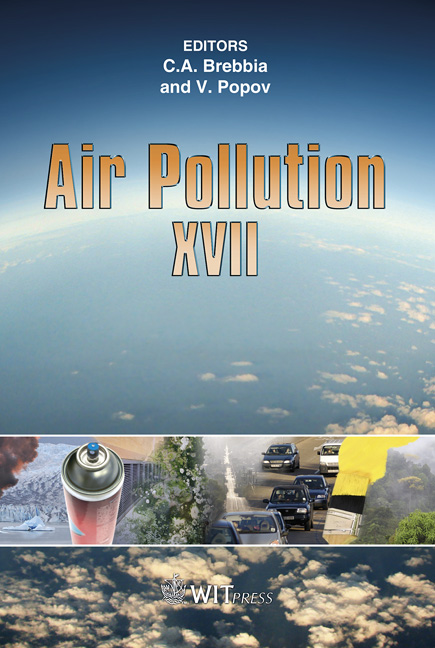Use Of CALPUFF And CAMx Models In Regional Air Quality Planning: Italy Case Studies
Price
Free (open access)
Transaction
Volume
123
Pages
9
Page Range
17 - 25
Published
2009
Size
592 kb
Paper DOI
10.2495/AIR090021
Copyright
WIT Press
Author(s)
C. Trozzi, S. Villa & E. Piscitello
Abstract
Applications of air pollution dispersion models CALPUFF and CAMx have been performed over regional Italy territories in order to evaluate transport, wet and dry deposition of coarse and fine particulates and formation of secondary fine particulates with special attention to nitrates and sulphates. Two different geographical domains were chosen, Trento and Florence provinces, with horizontal cells the size of 1km x 1km, and meteorological variables were considered from meteorological models and local measurements as well; emissions were taken from high resolution bottom-up emission inventories and the time scale was spanning an entire year on hourly basis. Results show how the more accurate chemical model contained in CAMx performs better in secondary particulates formation, in particular regarding the sulphates, while CALPUFF seems slighlty better in predicting dispersion paths. Even if both models application suffers from lack of background concentrations of particulate matter, the CALPUFF model produces more accurate hourly concentration values in the single cell, making this model a better choice between the two in total PM evaluation for this particular case study. Correlation between CAMx and CALPUFF predicted data is also strong.
Keywords





